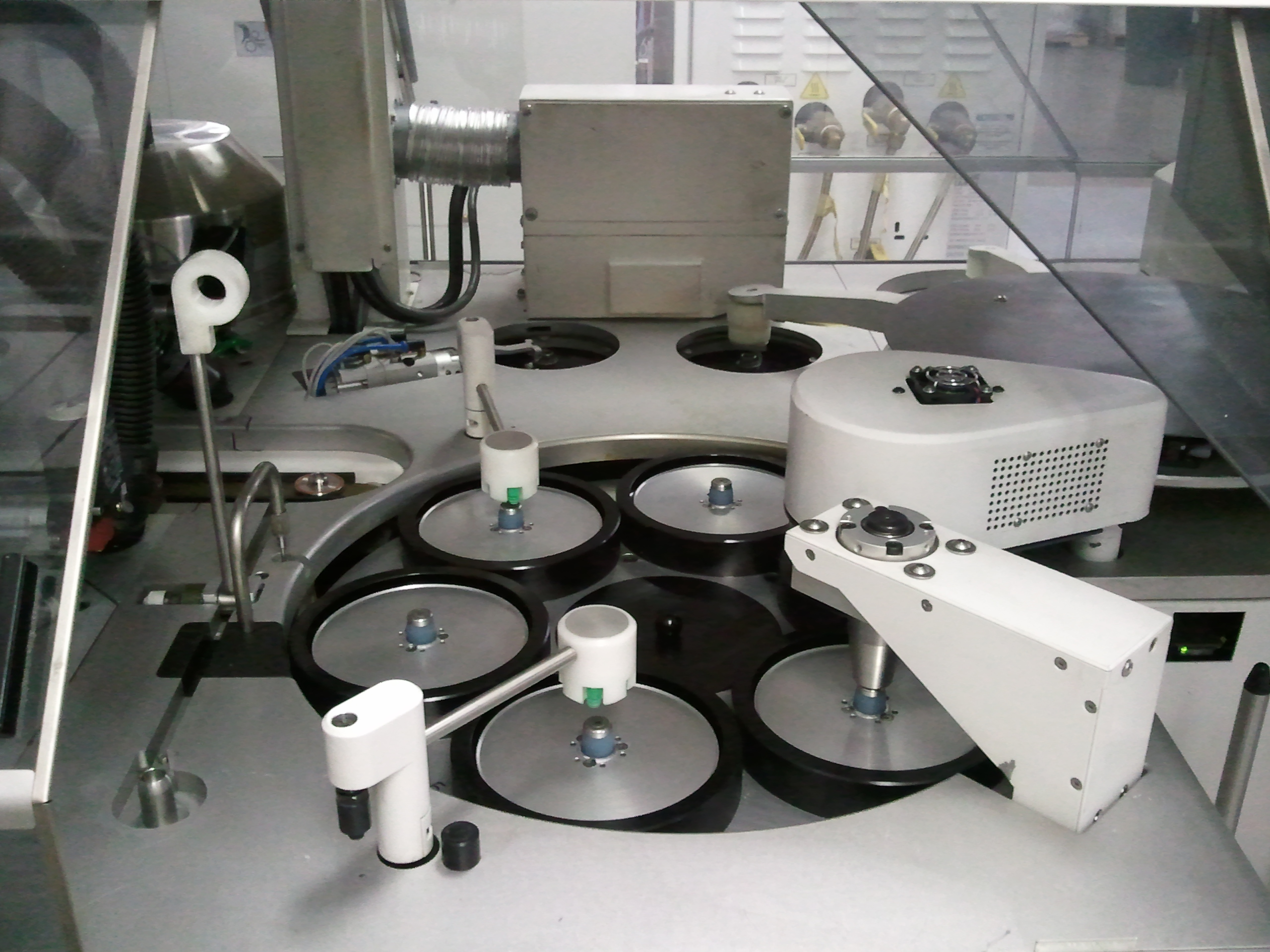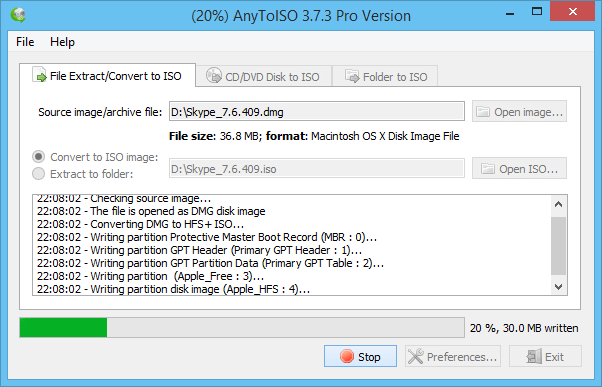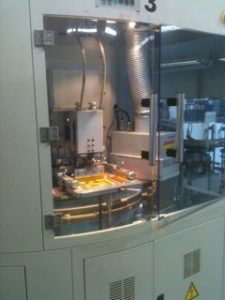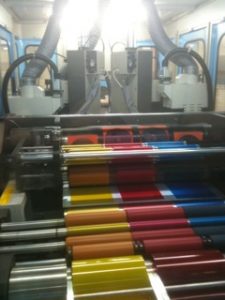Shopping for a simple DVD Disc and found many different types? let us help you compare all the different DVD types.
Let’s start at the very beginning, the creation of the DVD
DVD once stood for digital video disc or digital versatile disc, but now it just stands for DVD — the next generation of optical disc storage technology. DVD is essentially a bigger, faster CD that can hold cinema-like video, better-than-CD audio, and computer data.
DVD aims to encompass home entertainment, computers, and business information with a single digital format, eventually replacing audio CD, videotape, laserdisc, CD-ROM, and video game cartridges. DVD has widespread support from all major electronics companies, all major computer hardware companies, and all major movie and music studios. With this unprecedented support, DVD has become the most successful consumer electronics product of all time in less than three years of its introduction.
What is the DVD-RW?
DVD-RW (formerly DVD-R/W and also briefly known as DVD-ER) is a phase-change erasable format. Developed by Pioneer based on DVD-R, using similar track pitch, mark length, and rotation control, DVD-RW is playable in many DVD drives and players. (Some drives and players are confused by DVD-RW media’s lower reflectivity into thinking it’s a dual-layer disc.
In other cases the drive or player doesn’t recognize the disc format code and doesn’t even try to read the disc. Simple firmware upgrades can solve both problems.) DVD-RW uses groove recording with address info on land areas for synchronization at write time (land data is ignored during reading). Capacity is 4.7 billion bytes. DVD-RW discs can be rewritten about 1,000 times.
What is the DVD-R?
DVD-R (which is pronounced “dash R” not “minus R”) uses organic dye technology, like CD-R, and is compatible with most DVD drives and players. First-generation capacity was 3.95 billion bytes, later extended to 4.7 billion bytes.
Matching the 4.7G capacity of DVD-ROM was crucial for desktop DVD production. In early 2000 the format was split into an “authoring” version and a “general” version. The general version, intended for home use, writes with a cheaper 650-nm laser, the same as DVD-RAM.
DVD-R(A) is intended for professional development and uses a 635-nm laser. DVD-R(A) discs are not writable in DVD-R(G) recorders, and vice-versa, but both kinds of discs are readable in most DVD players and drives.
The main differences, in addition to recording wavelength, are that DVD-R(G) uses decrementing pre-pit addresses, a pre-stamped (version 1.0) or pre-recorded (version 1.1) control area, CPRM, and allows double-sided discs. A third version for “special authoring,” allowing protected movie content to be recorded on DVD-R media, was considered but will probably not happen.
Pioneer released 3.95G DVD-R(A) 1.0 drives in October 1997 (about 6 months late). New 4.7G DVD-R(A) 1.9 drives appeared in limited quantities in May 1999 (about 6 months late). Version 2.0 drives became available in fall 2000. Version 1.9 drives can be upgraded to 2.0 via downloaded software. (This removes the 2,500 hour recording limit.)
New 2.0 [4.7G] media (with newer copy protection features), can only be written in 2.0 drives. 1.9 media (and old 1.0 [3.95G] media) can still be written in 2.0 drives. Version 1.0 (3.95G) discs are still available, and can be recorded in Pioneer DVD-R(A) drives.
Although 3.95G discs hold less data, they are more compatible with existing players and drives. Pioneer’s DVR-A03 DVD-R(G) drive was released in May 2001. By August it was available for under $700, and by February 2002 it was under $400. The same drive (model DVR-103) was built into certain Apple Macs and Compaq PCs.
Many companies now produce DVD-RW drives, all of which write CD-R/RW. As of fall 2002 DVD-RW drives are selling for under $200. Most DVD-RAM drives also write DVD-R discs, some also write DVD-RW discs. A few new drives write both DVD-R/RW and DVD+R/RW.
Pioneer released a professional DVD video recorder in 2002. It provides component video (YPbPr) and 1394 (DV) inputs (along with s-video and composite). It has 1-hour (10 Mbps) and 2-hour (5 Mbps) recording modes, and includes a 2-channel Dolby Digital audio encoder. The DVD-R 1.0 format is standardized in ECMA-279. Andy Parsons at Pioneer has written a white paper that explains the differences between DVD-R(G) and DVD-R(A).
What is DVD-RAM?
DVD-RAM, with an initial storage capacity of 2.58 billion bytes, later increased to 4.7, uses phase-change dual (PD) technology with some magneto-optic (MO) features mixed in. DVD-RAM is the best suited of the writable DVD formats for use in computers, because of its defect management and zoned CLV format for rapid access.
However, it’s not compatible with most drives and players (because of defect management, reflectivity differences, and minor format differences). A wobbled groove is used to provide clocking data, with marks written in both the groove and the land between grooves.
The grooves and pre-embossed sector headers are molded into the disc during manufacturing. Single-sided DVD-RAM discs come with or without cartridges. There are two types of cartridges: type 1 is sealed, type 2 allows the disc to be removed.
Discs can only be written while in the cartridge. Double-sided DVD-RAM discs were initially available in sealed cartridges only, but now come in removable versions as well. Cartridge dimensions are 124.6 mm x 135.5 mm x 8.0 mm. DVD-RAM can be rewritten more than 100,000 times, and the discs are expected to last at least 30 years.
The first DVD-ROM drive to read DVD-RAM discs was released by Panasonic in 1999 (SR-8583, 5x DVD-ROM, 32x CD). Hitachi’s GD-5000 drive, released in late 1999, also reads DVD-RAM discs. Blank DVD-RAM media is manufactured by Hitachi Maxell, JVC, Mitsubishi, Optodisc, TDK, Ritek and others.
The spec for DVD-RAM version 2.0, with a capacity of 4.7 billion bytes per side, was published in October 1999. The first drives appeared in June 2000 at about the same price as DVD-RAM 1.0 drives.
DVD-RAM 2.0 also specifies 8-cm discs and cartridges for portable uses such as digital camcorders. Future DVD-RAM discs may use a contrast enhancement layer and a thermal buffer layer to achieve higher density. Samsung and C-Cube made a technology demonstration (not a product announcement) in October 1999 of a DVD-RAM video recorder using the new DVD-VR format (see DVD-RW section above for more about DVD-VR).
Panasonic demonstrated a DVD-RAM video recorder at CES in January 2000. It appeared in the U.S. in September (model DMR-E10). At the beginning of 2001, Hitachi and Panasonic released DVD camcorders that use small DVD-RAM discs. The instant access and on-the-fly editing and deleting capabilities of the DVD camcorders are impressive. Panasonic’s 2nd-generation DVD-RAM video recorder appearing in October 2001 also writes to DVD-R discs
What is the DVD+RW and the DVD+R?
DVD+RW is an erasable format based on CD-RW technology. It became available in late 2001. DVD+RW is supported by Philips, Sony, Hewlett-Packard, Dell, Ricoh, Yamaha, and others. It is not supported by the DVD Forum, but the Forum has no power to set standards.
DVD+RW drives read DVD-ROMs and CDs, and usually read DVD-Rs and DVD-RWs, but do not read or write DVD-RAM discs. DVD+RW drives also write CD-Rs and CD-RWs. DVD+RW discs, which hold 4.7 billion bytes per side, are readable in many existing DVD-Video players and DVD-ROM drives. (They run into the same reflectivity and disc format recognition problems as DVD-RW.)
DVD+RW backers claimed in 1997 that the format would be used only for computer data, not home video, but this was apparently a smokescreen intended to placate the DVD Forum and competitors. The original 1.0 format, which held 3 billion bytes (2.8 gigabytes) per side and was not compatible with any existing players and drives, was abandoned in late 1999.
The DVD+RW format uses phase-change media with a high-frequency wobbled groove that allows it to eliminate linking sectors. This, plus the option of no defect management, allows DVD+RW discs to be written in a way that is compatible with many existing DVD readers.
The DVD+RW specification allows for either CLV format for sequential video access (read at CAV speeds by the drive) or CAV format for random access, but CAV mode is not supported by any current hardware. DVD+R discs can only be recorded in CLV mode. Only CLV-formatted discs can be read in standard DVD drives and players.
DVD+RW media can be rewritten about 1,000 times (down from 100,000 times in the original 1.0 version). DVD+R is a write-once variation of DVD+RW, which appeared in mid 2002. It’s a dye-based medium, like DVD-R, so it has similar compatibility as DVD-R. Original DVD+RW drives did not fulfill the promise of a simple upgrade to add DVD+R writing support, so they have to be replaced with newer models.
The original Philips DVD+RW players, on the other hand, can be customer-upgraded to write +R discs. Philips announced a DVD+RW home video recorder for late 2001. The Philips recorder uses the DVD-Video format, so discs will play in many existing players. HP announced a DVD+RW drive and DVD+RW discs to be available in September 2001.
HP’s drive reads DVDs at 8x and CDs at 32x, and writes to DVD+RW at 2.4x, CD-R at 12x, and CD-RW at 10x. Sony announced a DVD+RW/CD-RW drive in October 2001. DVD+RW media is being produced by Hewlett-Packard, MCC/Verbatim, CMC, Optodisc, Philips, Ricoh, Ritek, and Sony.




 If your artwork is composed of process colors (CMYK + white background), has photos or four color logos, then offset is probably the best choice. The difference between the two techniques is the size of the printing dot, (halftone). The size of the dot (halftone) used in the silk screen process is 100 lines per inch. This is comparable to the size of the dot used in most newspaper printing. This large dot makes screened images and photos look a bit grainy when compared to an image printed with a smaller dot.
If your artwork is composed of process colors (CMYK + white background), has photos or four color logos, then offset is probably the best choice. The difference between the two techniques is the size of the printing dot, (halftone). The size of the dot (halftone) used in the silk screen process is 100 lines per inch. This is comparable to the size of the dot used in most newspaper printing. This large dot makes screened images and photos look a bit grainy when compared to an image printed with a smaller dot.